-1.png?width=300&name=About%20Us%20Header%20(5)-1.png)
BE INSPIRED
Watch.

Kieran Plasto MAPS (CAHRI) is not your average executive coach. For many years he was a counter-terrorist negotiator for the Qld police force, navigating the highest stakes conversations imaginable.
In this fascinating interview, Amos and Kieran discuss the importance of presence
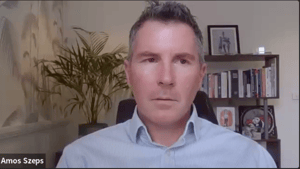
Mark Rosenberg is a mediator, lawyer and brilliant Peoplemax executive coach. Mark’s book, ‘Mastering Hard Conversations’, offers powerful practical tips on how to bridge the gap between strong opposing views through humility, empathy and curiosity.
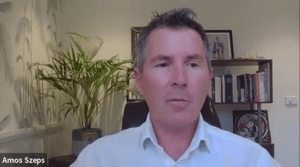
Amos and Tony’s discuss his newly launched AI platform which is paving the way for a revolution in the leadership development space.
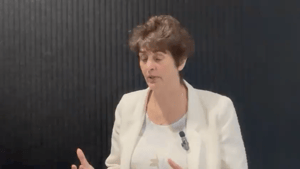
Peoplemax coach and Psychologist Kathryn McEwen has developed an innovative digital platform called Click which scales and demonstrates ROI on team coaching.

Amos sits down with powerhouse Peoplemax MCC coach Lisa Wynn to discuss Lisa’s ten-year journey of self-discovery in China. She has been there to teach coaching 45 times.
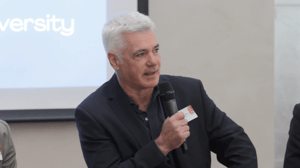
For Philip Levinson, former CEO of a publicly-listed company and new partner of Peoplemax, leadership at the top is often about remembering to breathe.
Listen.
MASTERY IN COACHING WITH POWERFUL COACHING PRESENCE
In this episode, we explore mastery in coaching and why coaching presence is critical to the field of masterful coaching today. Mastery in Coaching with powerful coaching presence, is the ability to create a safe and supportive space that allows both the coach and the coachee to focus on the coachee’s agenda and to explore the coachee’s goals, values, and resources.
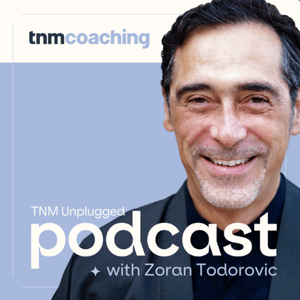
Read.
.png?width=1000&height=200&name=6%20Month%20Coaching%20-%20Website%20(1000%20x%20200%20px).png)
HOW EXECUTIVE COACHES ARE PREPARING CEOS FOR A CHANGING WORKPLACE
From being too positive to being overly intense, CEOs and top executives are increasingly turning to specialist coaches to help improve their business game.
Patrick Durkin from the The Australian Financial Review sat down with Peoplemax CEO, Amos Szeps and long-term coachees Andrew Stewart and Joseph Sczurko to discuss the role of executive coaching in their journeys to the top.

EIGHT WAYS TO LEAD WHEN TIMES GET TOUGH
In our current world, filled with uncertainty and change, we need a more flexible and agile approach to business leadership. Here are eight ways to lead in these challenging times, written by Peoplemax CEO, Amos Szeps.
Burn Out?
The Top 4 Mistakes in Building Team Resilience
Key Project Management Questions for Managing Change

ARE YOU A LEADER WITH STRATEGIC INFLUENCE IN YOUR ORGANISATION?
We would love to hear from you! Please complete the form.

